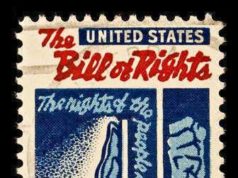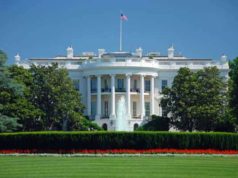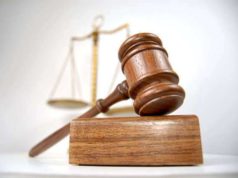Table of Contents

The United States Bill of Rights: A History of Freedom and Protection
Origins of the Bill of Rights
What Led to the Bill of Rights
The Ten Amendments
The Continuing Significance of the Bill of Rights
Created in 1777, the Articles of Confederation was the first Constitution adopted by the newly established United States of America. The original draft was written by a committee appointed by the Continental Congress and subsequently ratified by state leaders.
In addition to solidifying and legally establishing the United States, the Articles of Confederation focused primarily on the distribution of powers between the Federal and State Governments.
The first Constitution merged all states into one union but enabled the individual jurisdictions to retain sovereignty as it pertained to governmental functions not overseen by the Federal Government. After the initial construction, the Articles of Confederation were then ratified over a four year period. The final draft was adopted on March 1st, 1781, which officially appointed the governing body of the United States of America.
Known as the Congress of Confederation, the Federal Government established a distinct set of powers: the Confederation could negotiate diplomatic agreements, create war, and resolve issues in regards to western expansion. The Articles were chosen and voted on by representatives of the state. This is crucial in acknowledging because the original Constitution primarily focused on balancing governmental power between the Federal and State Governments.
The Articles of Confederation did not pertain to individual rights nor even acknowledge them. Arguments posed by anti-Federalist leaders were thwarted through rhetoric that revolved around an “unwritten interpretation within the Constitution for individual rights”. In fact, powerful Federalists such as Alexander Hamilton actually called for a revision of the Articles, claiming that they failed in creating a powerful central government.
Under the Articles, the Government raised revenue through requests made to states; Hamilton and other Federalists wanted a central government that could properly enforce levies as well as creates a succinct law system. The efforts made by the Federalists exemplify the notion that the individual was merely an afterthought. The “necessary revisions” focused on empowering the Government and further displacing the rights of the citizen.
In Philadelphia, PA, on September 17th, 1787, the Constitutional Convention gathered in response to discontent with the Articles of Confederation and the need for a more active centralized government. State leaders, respected politicians, lawmakers, and our Founding Fathers were all present during this Convention.
The process to ratify the Constitution was an open forum; opinions and open debates were encouraged. This sociable gathering allowed all opinions, viewpoints, and sentiments to be freely expressed.
During the Constitutional Convention, the feud between Federalists and anti-Federalists reached a climax. The meeting, which focused on empowering the central Government, quickly shifted towards individual liberties. Questions pertaining to civil rights frequently emanated, as anti-Federalist leaders stated their case for the inclusion of civil rights. George Mason, a prominent advocate for individual liberties stated, “I wish the Constitution had been prefaced with a Bill of Rights”.
The sentiments expressed by leading anti-Federalists were heard, but not tangibly met. Leading Federalists, Alexander Hamilton and Roger Sherman reiterated the goals of the Convention. The meeting was held to discuss matters as they pertain to the separation of powers and strengthening the central Government. Although the anti-Federalist movement was gaining momentum, the majority of state leaders expressed a similar belief to Hamilton and Sherman.
The majority of those who influenced the drafting of the first Constitution claimed that individual rights were implied and protected through the creation of the three independent branches. Leaders of the Federalist Party felt as though a concrete adoption of a Bill of Rights was superfluous, for civil liberties were innately included in the Constitution.
The argument between the two parties essentially revolved around a definite Bill of Rights, one which civilians can read themselves. Thomas Jefferson, a member of the anti-Federalist Party felt as though ordinary individuals would not be able to interpret the Constitution and its “innate inclusion of a Bill of Rights”. Although the Convention did not include the Bill of Rights into the Constitution, the opinions of respected anti-Federalist members eventually proved influential, as the Amendments were later adopted in 1792.
























